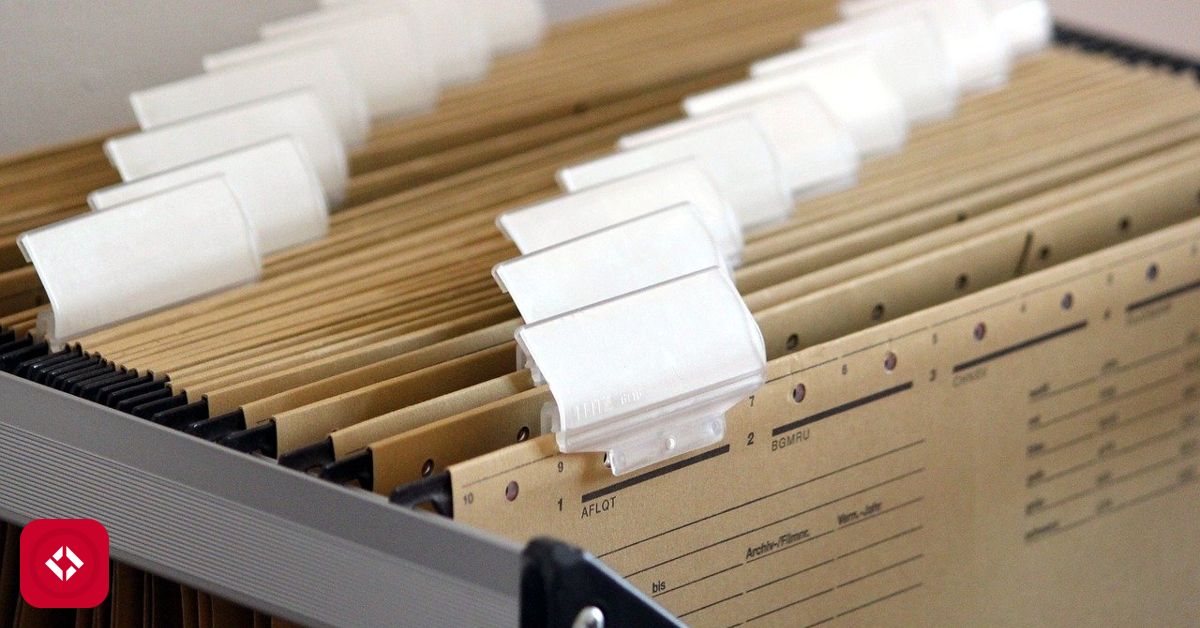Sample Programs in Every Language
A Collection of Code Snippets in as Many Programming Languages as Possible
This project is maintained by TheRenegadeCoder
File Input Output in Ruby
Published on 13 September 2018 (Updated: 15 May 2023)
Welcome to the File Input Output in Ruby page! Here, you'll find the source code for this program as well as a description of how the program works.
Current Solution
def write_file
out = File.new("output.txt", "w")
out << "This is a line written by a Ruby program\n"
out << "This line also"
out.flush()
out.close()
end
def read_file
in_file = File.open("output.txt", "r")
in_file.each_line do |line|
puts line
end
in_file.close()
end
write_file()
read_file()
File Input Output in Ruby was written by:
- Noah
This article was written by:
- Jeremy Grifski
- rzuckerm
If you see anything you'd like to change or update, please consider contributing.
How to Implement the Solution
Before reading on, why not try to figure out how it works?
Writing
For modularity and readability, we have extracted the file writing code into its own function:
def write_file
out = File.new("output.txt", "w")
out << "This is a line written by a Ruby program\n"
out << "This line also"
out.flush()
out.close()
end
On the first line we call the function File.new():
out = File.new("output.txt", "w")
It takes an argument to the path of the file and a mode. A mode is how we want
the file to be opened. By default, it opens for reading. We want to write
abilities so we specify "w" for writing.
For the next two lines we write arbitrary text to the file:
out << "This is a line written by a Ruby program\n"
out << "This line also"
In this sample code we used the bitshift left operators to write the text. We
could have used the write() method to write text instead of using the operators.
Next, we flush the file:
out.flush()
Sometimes when we make calls to write not everything may get written down to
disk. Only a fraction could be in the file and the rest is in memory waiting
to get written to the file. To ensure everything is written, we call the method
flush().
Lastly, we close the file to free up its resources:
out.close()
This is something you should always do with resources when you're done with them.
Reading
Like with the write_file() function, we put the code for reading the file in
its own function:
def read_file
in_file = File.open("output.txt", "r")
in_file.each_line do |line|
puts line
end
in_file.close()
end
To begin, we open a file on the first line:
in_file = File.open("output.txt", "r")
File.open() takes an argument to the path of the file and a mode. By default,
it opens the file for reading purposes, but for the sake of being explicit, I
passed "r" for the mode.
The next three lines loop through the file and print out each line:
in_file.each_line do |line|
puts line
end
Finally, we close the file:
in_file.close()
And, that's it for reading.
Scripting
Since Ruby is a scripting language, we can call the two functions we've just defined back-to-back at the end of our file:
write_file()
read_file()
And, that'll do it!
How to Run the Solution
Websites like Repl allow you to write and run code of different programming languages in the browser. Feel free to drop our solution into one of your favorite online editors.
If you have Ruby installed on your computer/mac, you can run the following command:
ruby file-io.rb
To verify everything has worked correctly, you should see the contents of the file printed to the screen. In addition, the dummy file should be located alongside your script now. Feel free to check that out and let us know.